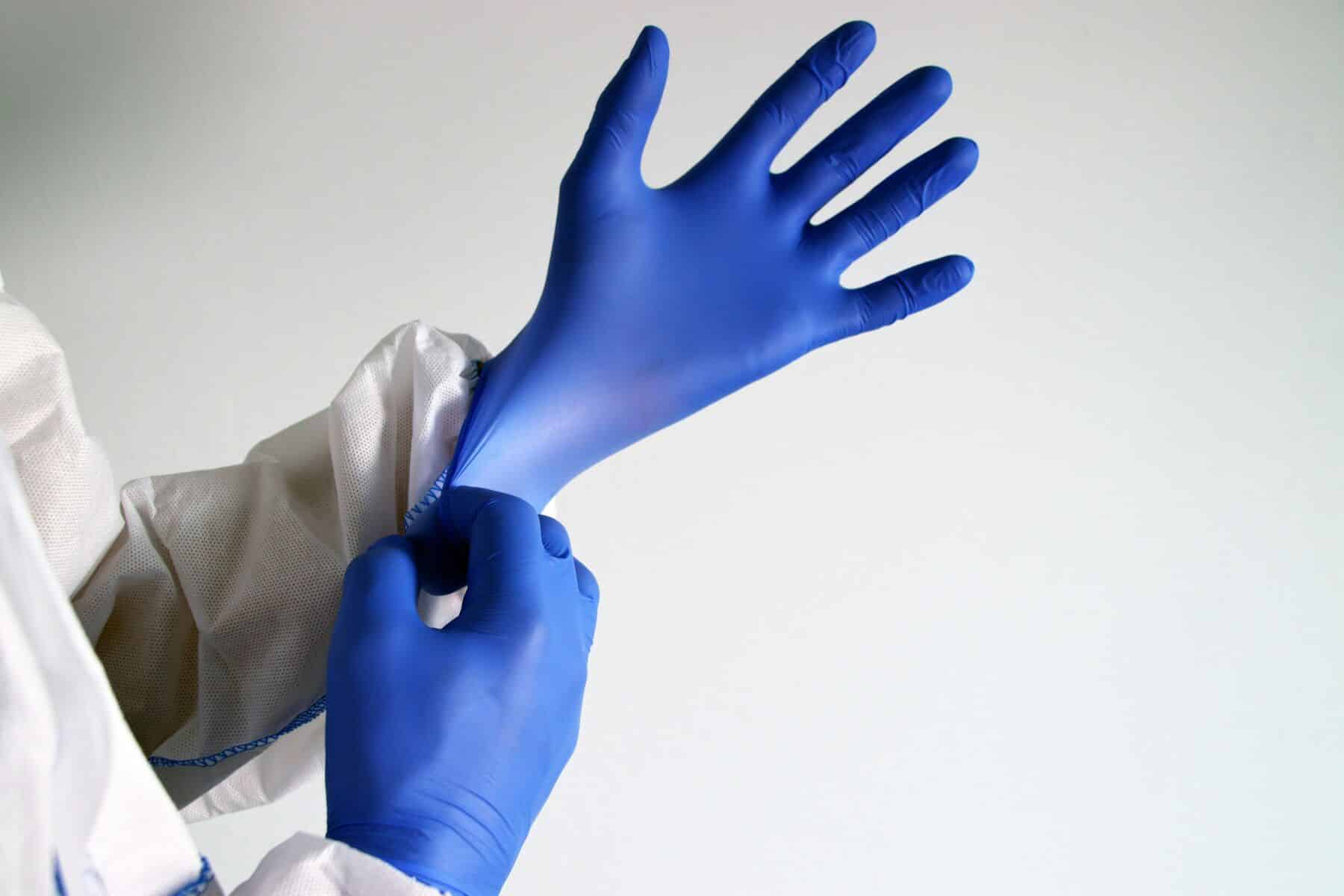Men can get yeast infections too

Yeast infections are often considered a women’s health issue, but men can also fall victim to these uncomfortable infections. In particular, Candida balanitis, a yeast infection of the penis caused by Candida yeast, is more common than many realise. Understanding this condition, its causes, symptoms, and treatment options can help men better manage their health.
What is Candida balanitis?
Candida balanitis, or balanitis thrush, refers to an infection of the glans penis (penis head) caused by Candida yeast. While Candida species, like Candida albicans, naturally reside in various parts of the body, including the gastrointestinal tract and skin, they can cause infections when they multiply excessively.
How common is penile yeast infection?
Though exact statistics are scarce due to limited research, it’s estimated that 30-35% of all balanitis cases are caused by Candida yeasts. Studies suggest that 16-26% of men carry Candida on their penis, with 37% showing no symptoms and 27% developing balanitis. Despite these numbers, penile yeast infections remain an under-discussed topic in men’s health.
Risk factors for Candida balanitis
Several factors can increase a man’s risk of developing Candida balanitis:
- Sexual transmission: Having sex with a partner who has a yeast infection can spread Candida.
- Medications: Antibiotics and corticosteroids can disrupt the balance of microbes, promoting yeast growth.
- Health conditions: Diabetes, HIV, and other immune-suppressing illnesses increase susceptibility. Men with diabetes may experience more severe symptoms due to high blood sugar levels, which foster yeast growth.
- Hygiene practices: Poor hygiene, especially in uncircumcised men, creates a favourable environment for yeast growth.
- Age: Men over 40 are more likely to develop balanitis.

Recognizing the symptoms
Early detection of Candida balanitis can prevent complications. Common symptoms include:
- Burning and itching around the penis head
- Redness and swelling
- Rash-like bumps (papules)
- Pain during urination or sex
- Thick, lumpy discharge under the foreskin
- Unpleasant odour
- Difficulty retracting the foreskin
Effective treatment options
Treating penile yeast infections involves antifungal medications, similar to those used for vaginal yeast infections. Common treatments include:
- Topical antifungals: Over-the-counter or prescription creams like clotrimazole (Lotrimin), miconazole (Monistat), and econazole (Spectazole) are applied directly to the affected area.
- Oral medications: Fluconazole (Diflucan) can be prescribed for more severe cases.
It’s essential to avoid oil-based medications when using latex condoms, as they can weaken the latex, increasing the risk of breakage.
Preventing yeast infections
Preventing yeast infections involves maintaining good personal hygiene and a healthy lifestyle:
- Hygiene: Wash the genital area regularly with mild, unscented soap and water. Thoroughly dry the penis after washing, especially under the foreskin, to prevent moisture buildup.
- Diet and health: Maintain a diet low in sugar to avoid high blood sugar levels that promote yeast growth. Regular exercise and weight management are also crucial, as obesity can create conducive conditions for yeast.
- Clothing: Wear loose, cotton underwear to allow better air circulation and reduce moisture.
- Safe sex practices: Use condoms to prevent transmission from a partner with a yeast infection. Avoid sexual contact until the infection has cleared up.

Foreskin care for uncircumcised men
Uncircumcised men should pay special attention to foreskin hygiene. The area under the foreskin is warm and moist, providing an ideal environment for yeast. Gently retract the foreskin and wash underneath regularly, ensuring it is thoroughly dried afterwards.
When to see a doctor
If you notice symptoms of a yeast infection, seek medical help promptly. Early diagnosis and treatment can prevent complications, such as:
- Scarring and narrowing of the penis
- Pain and difficulty retracting the foreskin
- Blood supply issues to the penis tip
- Increased risk of penile cancer
Understanding the broader impact
Yeast infections in men can be uncomfortable and embarrassing, but they are common and treatable. Staying informed about this condition and taking preventive measures can significantly reduce the risk. By practising good hygiene, monitoring health, engaging in safe sex, and seeking timely medical care, men can keep yeast infections at bay.
Yeast infections are not exclusive to women; men can suffer from them too. Candida balanitis, while often overlooked, is a significant health issue that requires awareness and proactive measures. Maintaining hygiene, managing health conditions, and seeking timely treatment are crucial steps in managing and preventing this infection. Remember, early intervention can prevent complications and ensure better health outcomes. If you suspect you have a yeast infection, consult a healthcare provider for proper diagnosis and treatment. Stay informed, stay healthy!
This article is designed to raise awareness and provide guidelines, but it should not replace professional medical advice. Always consult with a healthcare provider if you suspect a yeast infection or have related concerns. Do not attempt to self-treat. Should you need access to a well-experienced doctor specialised in men’s health or get health screenings and tests on various STIs in privacy, contact Phuket Surgery.
Latest Thailand News
Follow The Thaiger on Google News:


























